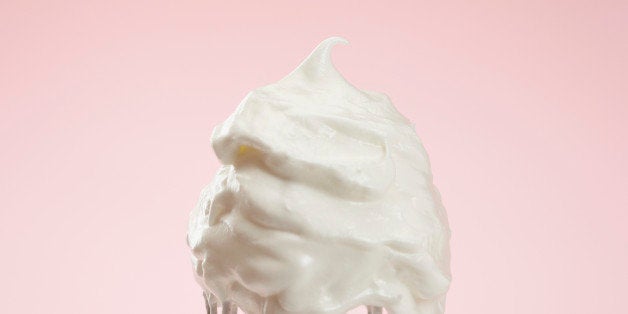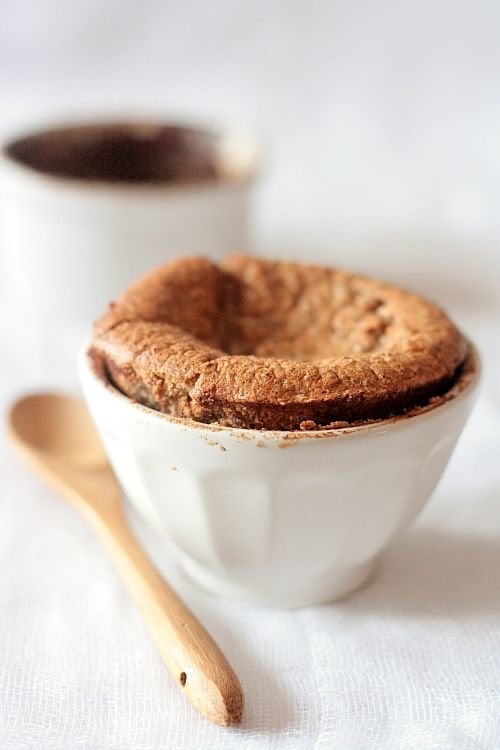
Beating egg whites is one of those tasks that it is incredibly easy, so long as you set yourself up correctly. If you don't follow a few essential guidelines, however, you'll never achieve the intended outcome. While that may sound intimidating and deter you from ever attempting a soufflé for as long as you live, the precision lies in your tools, not your technique.
Set up
First, you need to use the right type of bowl. Use a stainless steel, copper or glass bowl, but don't use plastic, which can retain residue from oils or other fats.
Next you need to make sure your bowl is clean. Wipe the bowl down with a small amount of lemon juice or vinegar to make sure nothing is lingering in the bowl. Even trace amounts of fat can screw you up. (SERIOUSLY, we know this from experience.)
Finally, separate your yolks from your whites, being careful not to let any yolk fall into your bowl of whites. If you let some yolk slip into the mix, you have to start over -- the egg whites won't whip like they're supposed to. (To save yourself a lot of grief, crack the eggs one-by-one into a small bowl, then toss them all into the mixing bowl as each egg is cleanly separated.)
Once you have your whites in a clean stainless steel, copper or glass bowl, you're ready to go. You can beat the whites by hand with a whisk, with a stand mixer, or with an electric whisk.
Beating
Beating is easy if you know what the consistency you want looks like -- soft peaks, medium peaks or stiff peaks.
If you beat whites for a short amount of time, they'll become foamy and opaque, but won't retain their shape:

To get soft peaks, beat the whites for a little longer until they look like this:

The whites should hold their shape when you lift them up, but they will be more foamy than sticky. You would use soft peaks in a cheese soufflé like this.
For medium stiff peaks, beat until the whites stand up but fall to a slight angle:
You'll need medium peaks for soft cakes like angle food cake.
For stiff peaks, beat the whites until they retain their shape without moving if you lift the whisk up.

They should also stick in the bowl if you turn it over.

You'll need stiff peaks if you're making French macarons or frosting.
